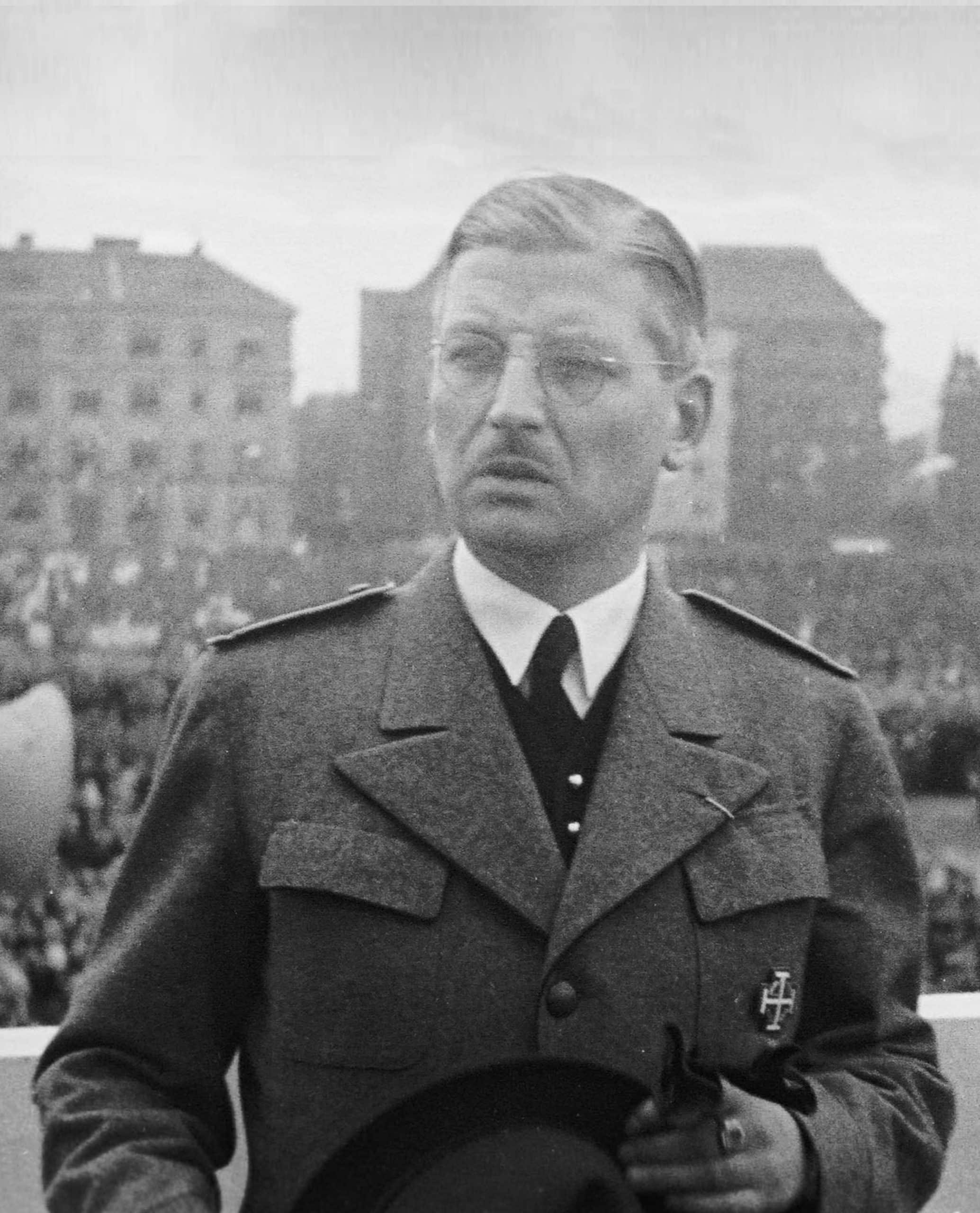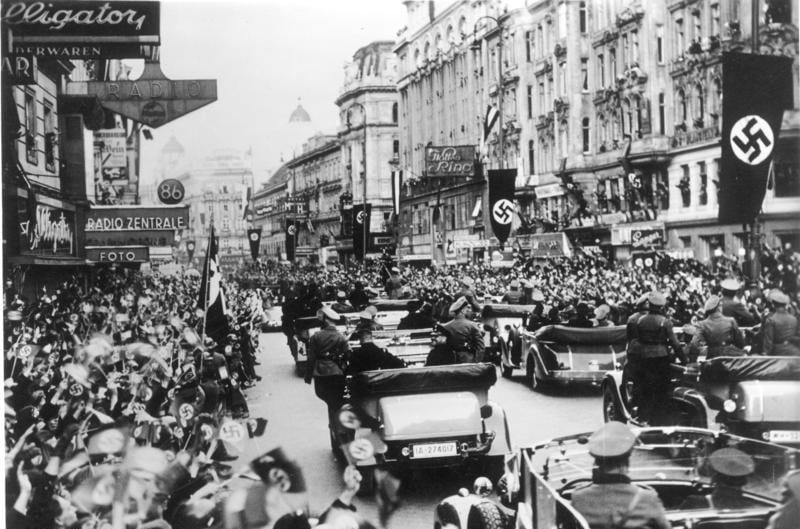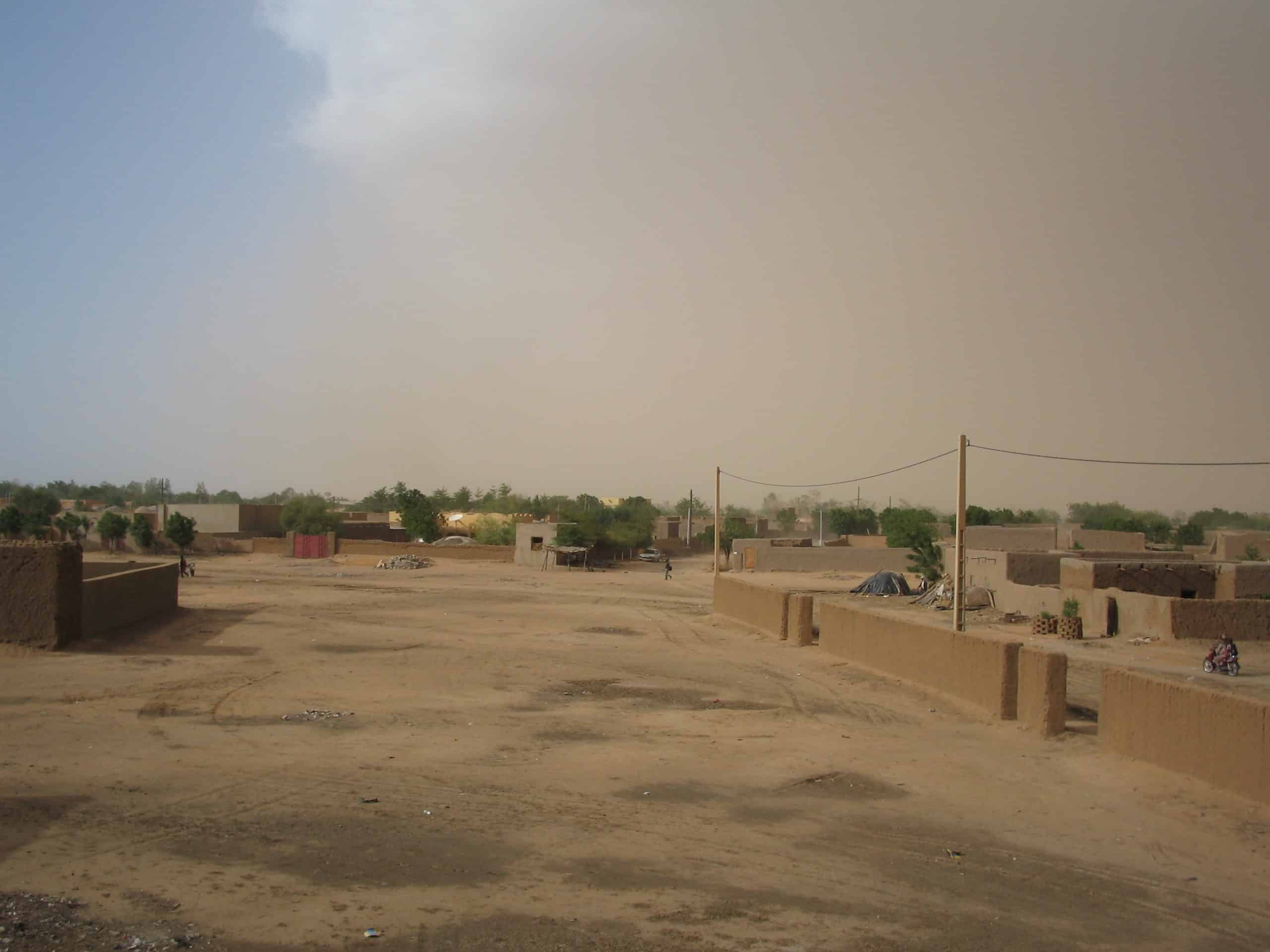This Week in History recalls memorable and decisive events and personalities of the past.
12th March 1938 – Anschluss: German troops occupy and absorb Austria

When Germany was formed in 1871 as a union of the German peoples, it left out one major and important German-speaking nation: Austria. Austria at the time was the centre of a powerful but declining empire, usually called the Austro-Hungarian Empire, ruled by members of the Hapsburg family who had held sway in Austria since the Middle Ages.
The First World War saw the collapse of this empire, as it broke into Austria, Hungary, Poland, Czechoslovakia, Romania and Yugoslavia. The Austrian rump state left over of the old Duchy of Austria, and while the empire had been multi-ethnic, the new small Austria was almost entirely German-speaking. The idea of forming a “Greater Germany”, consisting of Germany and Austria, had been kicking around the Germany-speaking world for some time, but the treaties which ended the First World War expressly forbade this in an attempt to constrain Germany’s power.
Despite this, the idea of uniting with powerful Germany was quite popular with Austrians, especially as the economic disasters of the late 1920s caused massive spikes in unemployment. In 1933, during a crisis in government, a politician called Engelbert Dollfuss seized power in Austria and established an authoritarian one-party state that has been ideologically described as Austrofascist – opposed to socialism, free-market capitalism and liberal democracy.
Despite being fascist, the new regime was not friendly the Nazi Party of Austria, which was pro-unification with Germany, and would eventually be banned along with the communists and social democrats. Engelbert Dollfuss would rule Austria until July 1934, when he was killed during a pro-Nazi coup.

The coup failed, and Dollfus was replaced by his education minister, Kurt Schuschnigg.

Schuschnigg cemented the fascist regime, glorifying the imperial period under the Hapsburg Dynasty, and the Catholic Church in Austria.
In 1937 Hitler was preparing Germany for a war against the great powers which he believed would establish German hegemony in Europe and the world. The Germans were blocked by the French, British and Americans from many of the resources they needed to build their war machine and the Nazis concluded that they would need to invade and conquer the neighbouring countries of Austria and Czechoslovakia to acquire the industries and resources to allow them to fight the French and British. This resource problem would later be solved by the signing of an alliance with the Soviet Union, which divided Eastern Europe between Germany and the USSR, and guaranteed Soviet supplies for the Germans.
Fearful of German plans to invade Austria, Schuschnigg travelled to Germany to meet Hitler on 12 February 1938. Hitler presented Schuschnigg with a set of demands that included appointing Nazi sympathizers to positions of power in the government. Schuschnigg agreed to these demands.
Once in government, the Nazis in Austria worked to destabilise the regime and encourage unification with Germany. Seeing the independence of Austria slipping away, Schuschnigg called for a referendum on unification with Germany, and he released from prison many social democratic politicians and trade unionists, agreeing to restore democracy if they helped him to campaign against unification. He also raised the voting age to 24 in an attempt to prevent the many young Nazis from voting for unification.
The Nazis, realising that they may indeed lose the referendum, mobilised their army for invasion. On 11 March, the Nazis presented an ultimatum to the Austrian government, saying they must hand over power to the Austrian Nazis or face invasion. This was ignored – but Schuschnigg resigned when he realized there would be no foreign assistance for Austria.
On 12 March 1938, the German army crossed the border into Austria, with Nazi elements within the Austrian government ensuring there would be no resistance. Nazi troops were met by cheering crowds carrying Nazi flags and giving Nazi salutes to the troops.
The referendum on unification was held on 10 April 1938, with a reported 99.7% voting in favour of unification with Nazi Germany. Austria became the German province of Ostmark.

Austria wouldn’t be an independent country again until the end of the Allied occupation in 1955.
13th March 1591 – At the Battle of Tondibi in Mali, Moroccan forces of the Saadi dynasty, led by Judar Pasha, defeat the Songhai Empire

In the late 1500s, the area of what is today Morocco was ruled by the Saadi dynasty. Originally arising from an alliance of tribes in southern Morocco around the 1510s, the Saadi had gained fame in and power over Morocco, in part, for their role in fighting against the Portuguese, who controlled several fortress cities on the northern coast and had often attempted to invade Morocco.
In 1578 the Battle of Alcácer Quibir was fought between two claimants to the Moroccan throne, one supported by the Portuguese and the other supported by the Ottoman Empire. The side supported by the Ottomans won the battle and as a result Ahmad al-ansur came to the throne of Morocco.

Ahmad gained much wealth and prestige from ransoming off Portuguese prisoners after his army’s defeat of their forces, but the battles with the Portuguese had left Morocco depleted and, within a decade, his finances were looking poor. Seeking a new source of wealth, the Sultan cast his eyes south across the Sahara to the mighty West African Songhai Empire.
The Songhai had once been a dependent kingdom of the Mali Empire, but had overthrown their overlords and established themselves as one of the largest kingdoms in world history, ruling parts of modern-day Mauretania, Mali, Senegal, Gambia, Niger, Nigeria and Guinea. The Songhai became wealthy from their control of the trans-Saharan trade, which brought goods to and from the Mediterranean world on camels across the Sahara, and then shipped them down the Niger River.
This great wealth as well as the gold that often came north to Morocco out of West Africa convinced the Sultan of Morocco that there must be great goldmines in Songhai territory. This was not entirely true, but the Sultan would only discover it later.
At the start of the 1590s the Songhai experienced a period of serious internal conflict and civil strife, and upon hearing that they were weak, the Sultan of Morocco decided to invade the Songhai territory and secure its wealth. Over the objections of members of his court (who argued that it was unlawful to attack another Islamic kingdom), the Sultan of Morocco dispatched an army in October 1590 of around 4 500 men, including 2 500 arquebus-equipped infantry, and equipped with eight English-made cannons.
The army managed to cross the Sahara largely intact and arrived, to the shock of the Songhai, close to their capital of Gao in March of 1591. The Moroccan army was led by a eunuch of Spanish descent called Judar Pasha, who had been captured in a slave raid as a young boy. The slavers had castrated him and sold him as a slave to the Moroccan Sultan, in whose service he excelled and soon came to be a senior member of the Sultan’s officer corps.
The Songhai assembled a massive force to halt the Moroccan army, numbering at least 9 500 infantry and 12 500 cavalry. However, unlike the Moroccans, they lacked gunpowder weapons. On 13 March 1591 the two sides met at the Battle of Tondibi, in modern-day Mali.
Knowing that they lacked the cannons and arquebuses of the Moroccan army, the Songhai attempted to begin the battle by stampeding a herd of 1 000 cattle into the Moroccan formations, at which point they would attack the disrupted force with their cavalry. When the stampede of cattle began, the Moroccans acted quickly and fired their cannons and guns over the heads of the cattle, panicking the animals and sending stampeding back into the Songhai lines.
The Songhai infantry, who had been advancing behind the cattle, were then hit hard by the gunfire of the Moroccans and began to retreat. The Songhai then deployed their cavalry, but Judar Pasha moved his cannons and gunners to the flank of the Songhai cavalry and fired into them causing them to break and rout. A small rear-guard of Songhai troops fought bravely to the death but, in the end, it was a near complete victory for the Moroccans.
The Moroccan army went on to sack the Songhai capital at Gao as well as the cites of Timbuktu and Djenne. The looting and destruction of these three cities shattered the Songhai Empire, which disappeared from the history books. The Moroccans would continue to hold some cities on the southern side of the Sahara until 1620, when the logistical strain of crossing the desert would see them lose control of the last of their sub-Saharan possessions.
If you like what you have just read, support the Daily Friend

